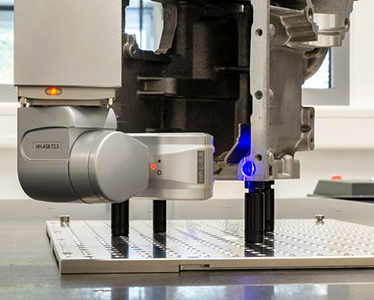Closed die forging process.
2023-06-12
Closed die forging process Custom closed die forging processes use two or more metal dies. In this forging process, Maple partly replicates and automates the action of a blacksmith striking hot metal on an anvil to change the shape of a metal part.
Forging process
With the help of the machine, the manufacturer programs the upper die to hit the heated metal blank placed on the lower die. This process may depend on a number of different forging methods.
Closed die forging machines rely on two well-lubricated dies: a moving lower die (or "anvil die") and a moving upper die (or "hammer die"). Each mold is made of strong and durable materials, such as high-grade steel alloys. The mold contains a partial negative impression of the final part shape.
We will place the heated metal on a well-lubricated bottom mold. The heating process makes the metal surface malleable. (This step requires the use of a sufficient amount of material to replicate the final part.) The two molds then move close to each other, and each mold shapes the metal during the compression process.
The die will cover all or part of the metal. Together, molds can quickly generate a copy of a particular part, reliably replicating shape and construction within a fairly high range of accuracy.
Along the assembly line
During compression, a small amount of molten metal may flow along grooves at the edges of the two molds, called "overflow grooves." The plug cools quickly. Efforts to completely eliminate flash edges led to the development of "true closed die forging" techniques using completely closed die cavities. Manufacturers typically run heated metal on the assembly line through a series of automated closed die forging workstations to first shape the part and then print other details into the metal. For example, parts may emerge from the final finishing chamber, showing fine details on the surface.
Forging temperature variation
Today, manufacturers often use complex temperature controls to influence the manufacture of metal parts. For example, in order to produce custom die forgings that display the characteristics desired by the customer, the manufacturer may manipulate the temperature of the raw material:
Hot forging
To perform hot forging, the manufacturer heats the metal to a molten state. The material will then be reshaped and shaped during the casting and forging process.
Cold forging
Manufacturers forge unheated metal at room temperature, using intense high pressure to form the desired shape or impression in the raw material. For example, this forging method can sometimes be used to shape aluminum.
Warm forging
The manufacturer heats the metal before forging, but does not cause the raw material to lose its structural integrity. As a result of this forging, the metal does not recrystallize, but takes on a different shape.The metal moves through a workstation where the mold will only be in contact with part of the workpiece at any given time...























































